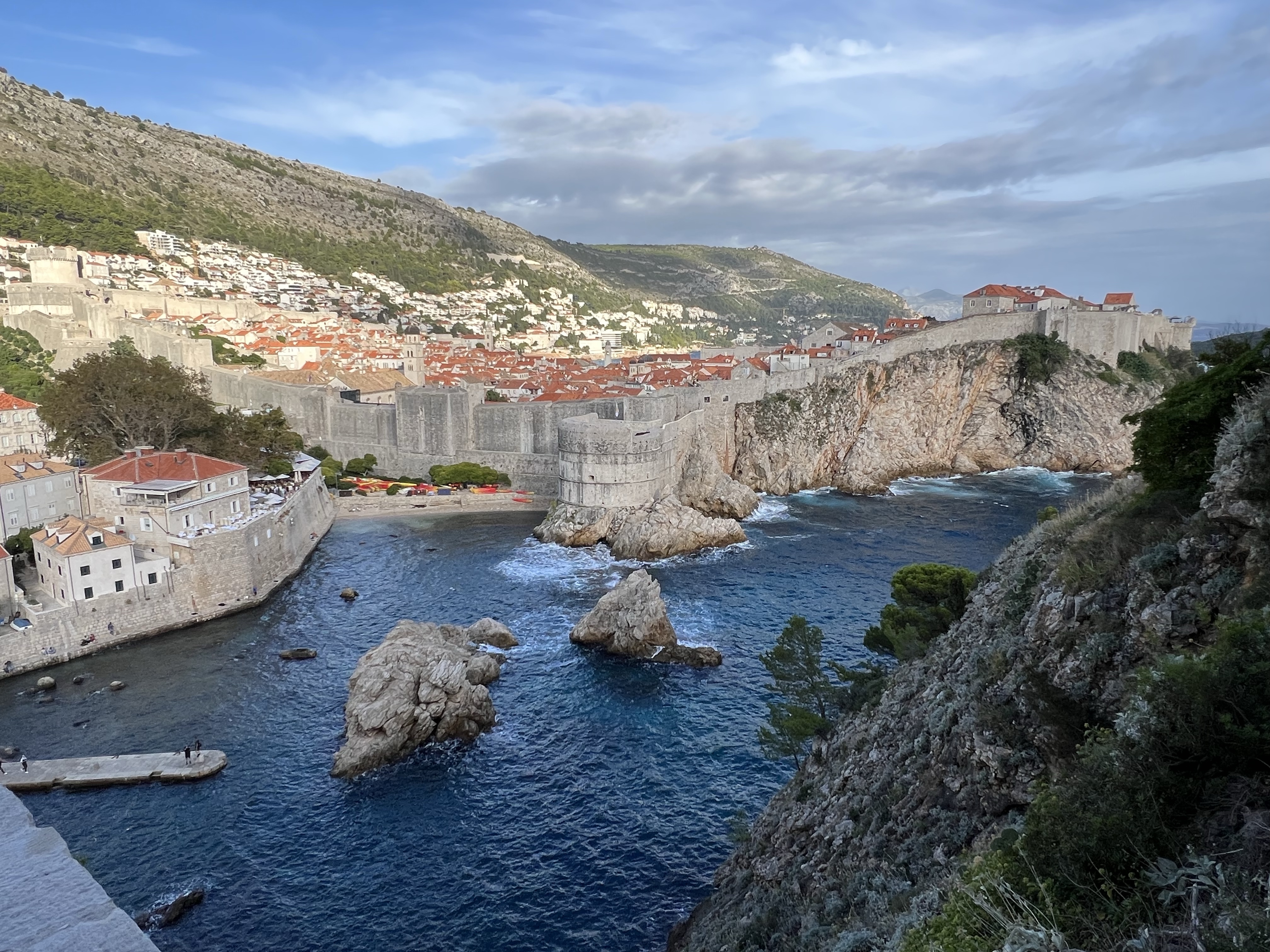
Table of Contents
Come with us (virtually) on our road trip to Croatia and Slovenia with day trips to Bosnia and Herzegovina and Montenegro. Hiring a private driver was hands down the best way to travel.
In this post, you’ll learn how we planned our trip to the Balkan Peninsula and saved valuable time and money. Most importantly, traveling with Croatian drivers gave us a local perspective.
Click here on itinerary for a ready-made plan, or read the post for our story and to learn about the region’s fascinating history.
Date of Visit: September 17-29, 2022
When I began writing this post in October 2022, conga lines of packed jetliners and city-sized cruise ships were making their way to the Balkan Peninsula.
Chris and I had just returned to the San Francisco Bay Area from a whirlwind 14-day private driving tour of Croatia, Slovenia, Montenegro, Bosnia and Herzegovina.
It was our first international trip since the Covid-19 virus shut the world down in March 2020. I was bursting to tell anyone who would listen about our “discovery” of the New Europe.
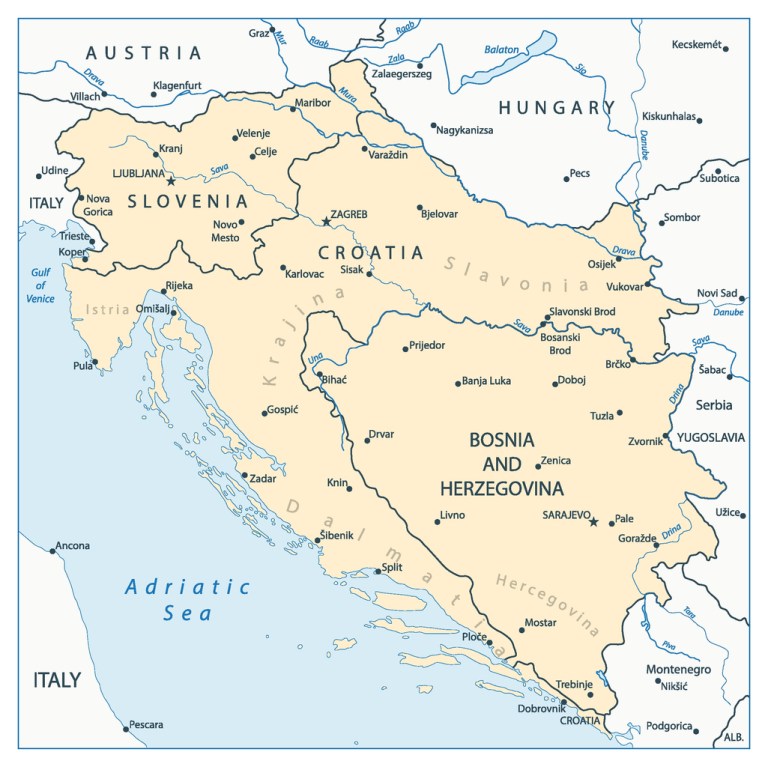
Discovering the Balkan Peninsula
The Balkan Peninsula in southeastern Europe is a relatively new tourist destination compared to neighboring Italy and Austria. But its popularity is growing. Of course, the Croatian towns of Dubrovnik and Split seem to be on the tips of everyone’s tongues these days. But there is so much more to savor than those tourist hot spots.
It seems all our friends, family, and neighbors have either been to Croatia or know someone who has visited or is going. And if that isn’t how they know of Croatia, they likely heard it was the exotic backdrop for some of the HBO Game of Thrones episodes.
Croatia and Slovenia Make Our Bucket List
It took us a while to jump on the bandwagon and add Croatia and Slovenia to our bucket list. Until 1991, they were part of Socialist Yugoslavia and not on the US tourist circuit. I hadn’t given them much thought until Game of Thrones came along.
What I do remember is watching television footage of Yugoslavia’s turbulent breakup. The 1990s Balkan wars left their mark on the landscape, historical sites, and people. No wonder these fledgling countries are only now becoming travel destinations.
Revenge travel against the two-year pandemic began in earnest this past summer. As a result, word of mouth is spreading fast about Croatia and Slovenia’s sun-baked storybook castles, medieval fortresses, and picturesque towns.
We now know these gorgeous countries offer wine, truffle, and olive oil tasting for the Epicureans. Meanwhile, pristine beaches and hip nightlife attract young, rowdy partygoers to Split, Hvar, and Dubrovnik in Croatia.
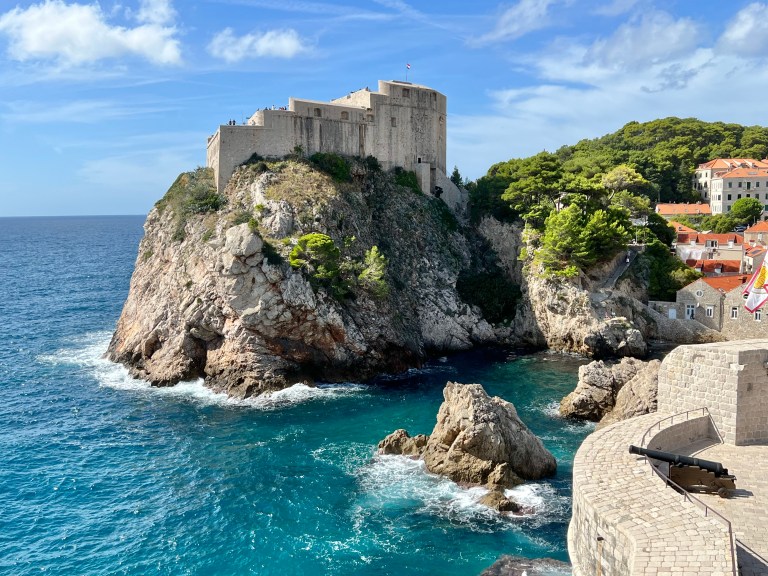
Game of Thrones Filmed in Croatia
For fans of the HBO television series Game of Thrones, city guides are happy to point out the sets for King’s Landing, House of the Undying, and many other fantastical places. History buffs will find a treasure trove of Roman ruins and Ottoman influences. There is so much to fuel our wanderlust. This was the ideal place to relearn how to travel after being cooped up for two years during the coronavirus quarantine.
Read Rick Steves' Guidebook
In the weeks before our trip, I thumbed through my dated copy of Rick Steves’ travel guidebook for Croatia and Slovenia. The cover photo of Dubrovnik’s “Old Town” was stunning. The updated August 2023 edition has a different but equally inviting cover. (My guidebook was published in 2020.)
As seen in this photo, Fortress walls encircle orange- and honey-colored terracotta rooftops silhouetted against the calm, crystal-clear turquoise that is the Adriatic Sea.
In the distance, a 1,000-year-old fortress (the stand-in location for the fictional Red Keep in Game of Thrones) straddles a craggy cliff where the deep sea morphs into a sapphire hue.
Later I would read in this guidebook that the different colored tiles are from repairs to those roofs after the eight-month Siege of Dubrovnik by the Yugoslav People’s Army (JNA) from 1991-1992. Please see my post Dubrovnik’s Timeless Beauty.
*Disclosure: I am an affiliate of Bookshop.org and will earn a commission if you click through and purchase. Bookshop.org connects readers with independent booksellers worldwide.
Unfortunately, when we walked along the City walls (just over a mile long), I was oblivious that this damage was from the 1990s war. I noticed the damaged buildings, but I assumed their disrepair was due to their age.
Who in their right mind would fire on a Unesco World Heritage site? Right?
At this point, I hadn’t read the guidebook’s “Orientation to Dubrovnik” chapter. And somehow, it didn’t sink in when our driver, Ivo, took us to Mount Srd, high above Dubrovnik. He wanted us to see the view and to show us where Croatian forces had fought off the JNA.
How I wish I could have a do-over.
The War Years
Dubrovnik’s war-ravaged rooftops and buildings are not the only vestiges of the region’s wars over independence from Yugoslavia and the region’s inter-ethnic tensions. In addition to Croatia, the current states of Slovenia, Bosnia and Herzegovina, Kosovo (recognized by the US, but not the EU), and Macedonia (now the Republic of North Macedonia) were also swept up in the violence.
Traveling through Croatia’s inland country towns to Plitvice Lakes and other stunning tourist attractions not far from the Dalmatian coast, you might notice the pock-marked exteriors of buildings shelled by mortar fire or hit by tank projectiles during the Croatian War of Independence. The Croats call it the “Homeland War.”
A visit to Mostar in Bosnia and Herzegovina (where some of the worst crimes against humanity occurred during the Bosnian wars) is heartbreaking. The Cathedral of the Holy Trinity, the Koski Mehmed Pasha Mosque, and the iconic Stari Most Bridge are now replicas, as are many other buildings in this rebuilt town.
Distracted By My Studies

The Yugoslav wars raged in the 1990s. For much of it, I was distracted by my graduate studies in Boston and later by my new married life in California.
I was not surprised to see some of this coming, however.
When I was a student of International Relations at Boston University in early1991, I was advised to take a class on Yugoslavia.
We delved into the region’s history of ethnic conflict and ethnonationalism as the Yugoslav nation began to splinter.
Our professor painted a violent, unpromising future for the region. A month after the class ended, Slovenia and Croatia declared their independence, and intense fighting broke out in Croatia.
Slovenia was able to take back its borders from the JNA during its short Ten-Day War, and the JNA then turned its attention to Croatia, where fierce fighting erupted.
Later, Bosnia and Herzegovina declared independence, and the Bosnian wars ensued. Those wars lasted until 1995. It is hard to rationalize today’s tourism against this recent, war-torn past.
Lingering Impressions
Even before the war years, I had no interest in visiting Yugoslavia. The beauty of the Socialist Federal Republic of Yugoslavia was obscured from Western eyes under the veil of communism.
In my minds-eye, I saw a bleak industrial region with factories spewing out pollutants, Soviet-style buildings, and wastelands. No, I was not interested, not even when I met an engaging young Macedonian with a work Visa at a run-down London boutique hotel during a trip to the UK in the mid-1980s.
My token Macedonian acquaintance was a visiting student who talked about the excellent weather and beautiful beaches. After that, I pictured a bleak, industrial Socialist Federal Republic of Yugoslavia where Macedonia was the exception. I remember being shocked that he had been allowed out of the country to work.
Tito's Legacy
Looking back, I realize that his freedom to travel was one of the legacies of the Yugoslavian President for Life, Josip Broz Tito.
Despite Yugoslavia’s communist ideology, it was never a closed Soviet satellite state, as was East Germany, Bulgaria, Czechoslovakia, and Romania.
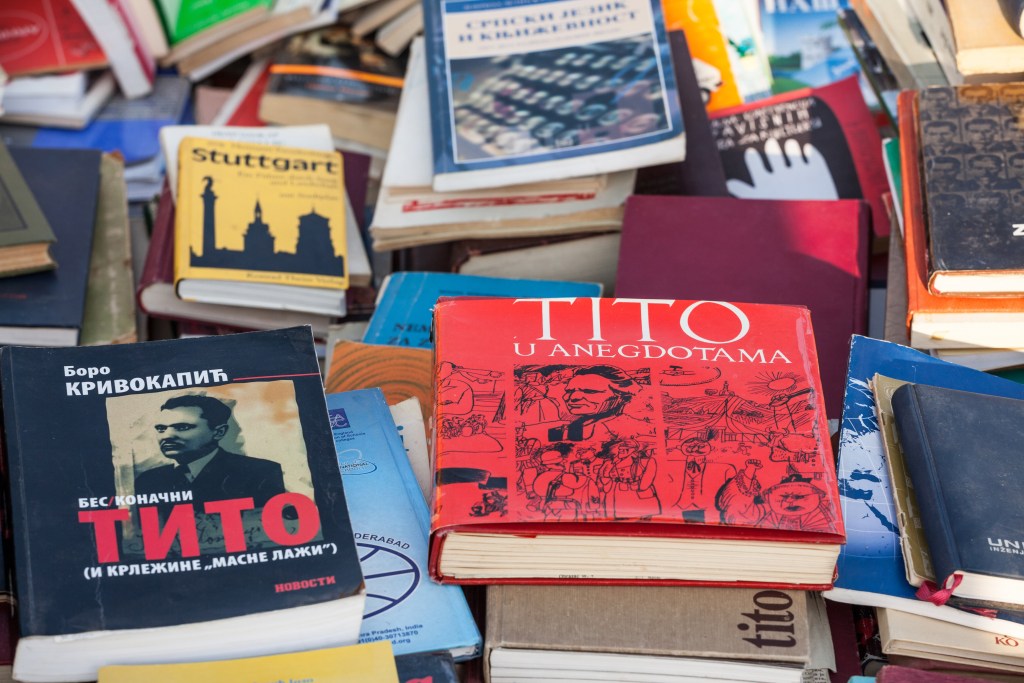
A Change of Mind
When the communist veil began to tear in the early 1990s, the world saw only stomach-turning news footage of the wars.
It was not until the 2000s that we began to hear about Croatia’s fine wines, olive oil, and truffles.
My wine-blogger friend, Marcy Gordon, wrote about her wine-tasting trips to Croatia in 2011 in her informative and humorous blog Come for the Wine.
Americans slowly started booking vacation packages, and the region underwent a makeover as tourist dollars flooded in.
I’m embarrassed to admit that the HBO television series Game of Thrones placed Croatia on my bucket list in 2018. Despite the animation team’s artistic license with computer-generated imagery (CGI), Croatia’s natural and historic charms were apparent. Scenes were shot at many locations worldwide, but some of the most breathtaking were filmed in the Croatian cities of Split and Dubrovnik on the Dalmatian coast.
And so it is that in 2022 my love affair with Croatia and the Balkan peninsula began.
Books I Read Before Our Trip
In the weeks leading up to our trip, I read my Dad’s book, Balkan Ghosts: A Journey Through History, by Robert D. Kaplan. Kaplan’s travel memoir—part political commentary, part history—gave me deeper insights into the regional animosities. It was written during the region’s darker days, as the wars broke out in the early 1990s. Brilliantly written but somewhat depressing, I switched between Kaplan’s book and cheery Rick Steves’s Croatia & Slovenia.
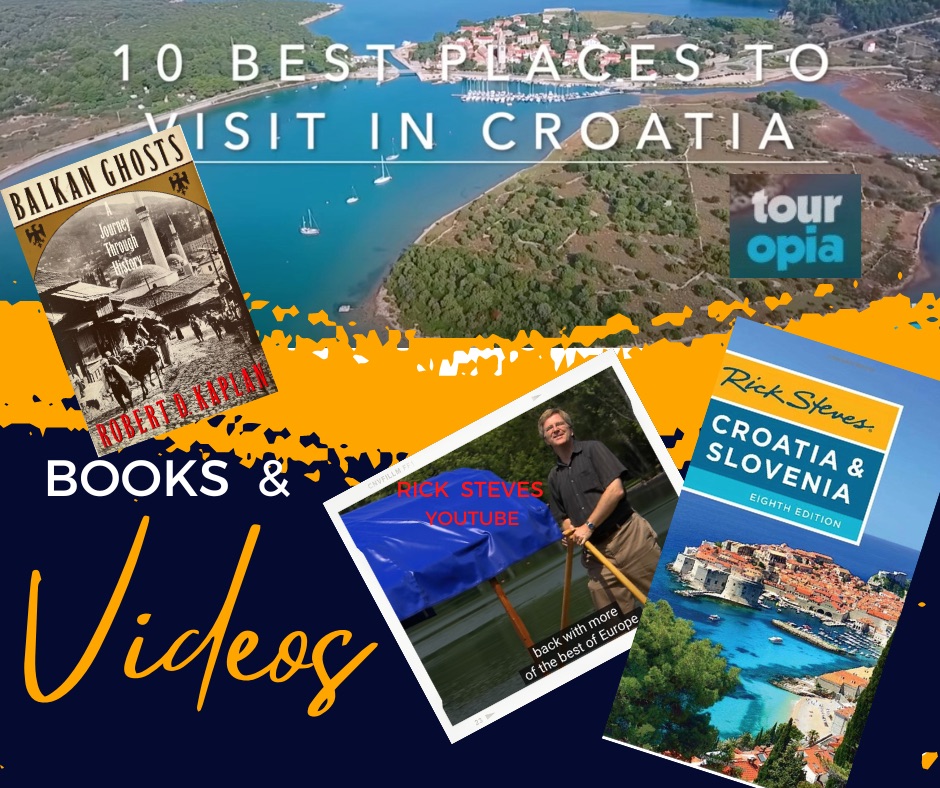
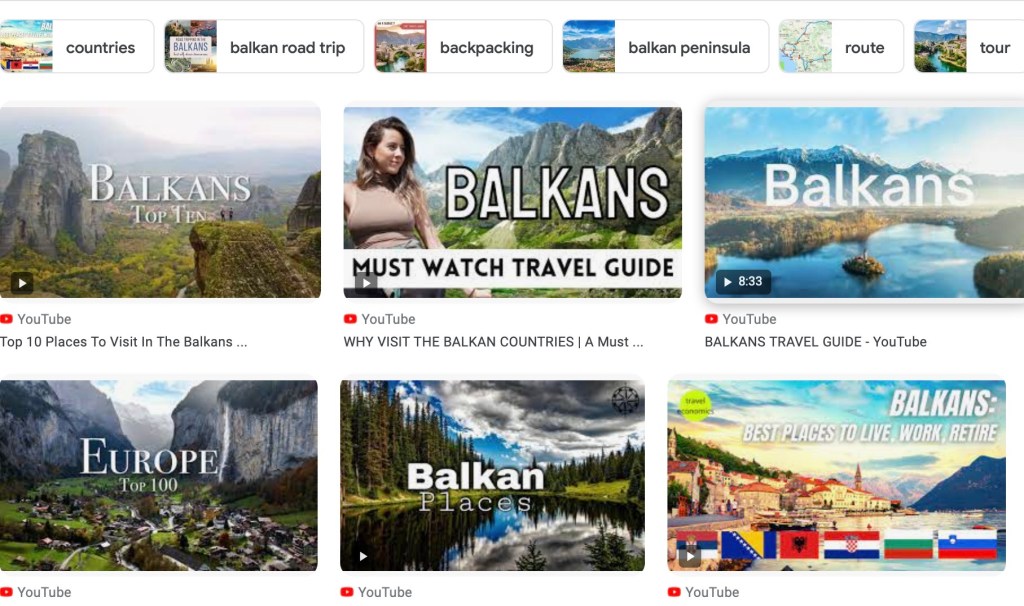
Balking at The Word “Balkan”
I wrestle with how to refer to the countries of southeastern Europe that speak South Slavic languages and today are referred to as Balkan. You would think it is evident that any country on the Balkan peninsula should be called Balkan, but travel writers, historians, linguists, geographers, and educators don’t always agree. Depending on their focus, they group countries within a geographical, historical, linguistic, or ethnic context.
What Countries are Balkan?
Historians have been known to include Hungary as part of the Balkans. It was, after all, part of the Austro-Hungarian Empire. They sometimes include Moldova because of its historical border fluidity with Romania.
Geographers point out Slovenia lies only partially inside the Balkan peninsula, as do Greece and Turkey.
Linguists argue that the unique languages of Slovenia and Macedonia distinguish them from the rest of the Balkans.
Travel writers usually include the seven emergent countries from the former Yugoslavia (Bosnia and Herzegovina, Croatia, Montenegro, North Macedonia, Serbia, Slovenia, and Kosovo), as well as Albania, Bulgaria, Greece, and Romania, in the Balkan bucket.
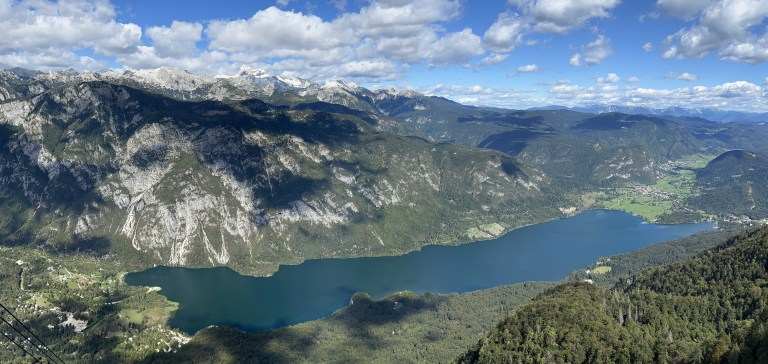
The Stigma of Balkan
Balkan is a Turkish word. It roughly translates to “mountain,” a fitting enough geographical term for a region that includes the Balkan Mountains, the Carpathians, and the Dinaric Alps.
Yet, the word is a painful reminder of the Ottoman Empire that occupied the peninsular countries now Croatia, Serbia, Bosnia and Herzegovina, Montenegro, Macedonia, Albania, Bulgaria, Greece, and Romania for five centuries. Only Slovenia was spared.
In recent years the word “Balkan” has gained a negative connotation. It may now imply political instability, ethnic violence, and even backwardness related to the rest of Europe.
“Balkanization” first entered our lexicon to describe the splintering of the Ottoman Empire’s rule at the turn of the 19th and 20th centuries. Today, political pundits use the term to describe the fragmentation of any region or country.
How to Refer to Croatia and Slovenia
Croatia, Greece, and Slovenia—and I suspect others, too—have resisted the Balkan categorization. Greece was never Communist, as were the other Balkan countries, nor was it a part of the former Yugoslavia, whose breakaway countries now make up most of what is commonly referred to as Balkan.
Slovenia, which sits next to Austria, Italy, and Hungary, was once part of the Austro-Hungarian empire along with Croatia and tends to refer to itself as Central European or, more broadly, as European rather than Balkan.
Croatia contests that its history and culture separate it from the rest of the countries on the Balkan peninsula making it more Central European.
In recent years, the term Western Balkan has been coined to describe the countries on the Balkan peninsula that are not part of the European Union. However, it is purely a political construct.
How Did We Plan This Road Trip?
My husband, Chris, and I started planning our September 2022 road trip to the Balkan Peninsula in May. I combed the Web for must-see places and YouTube videos. Some videos were frustrating because wannabe media influencers shot them. It isn’t easy to see the scenery behind people holding selfie sticks. Somehow we managed to get enough of a peripheral view of Croatia’s Split, Dubrovnik, and the Plitvice Lakes, as well as Lake Bled in Slovenia, to know we wanted to visit them all.
We found Rick Steve’s “The Best of Slovenia” video and joined him virtually on a pletna boat ride across Slovenia’s pristine Lake Bled. The medieval Bled Castle loomed in the background.
He described this small country that sits atop Croatia as “one of Europe’s most unexpectedly delightful destinations.” It looked like something out of a fairytale. The deal was sealed when I read in my new Rick Steves guidebook that there was a Lippizanner riding school and stud farm in Lipica. So Slovenia was added to our Croatia trip plan.
A Road Trip, But How?
The next question was how we would get to Slovenia from Croatia. Public transportation could only get us so far before we would have to rely on taxis in remote locations.
Chris said he didn’t feel comfortable driving a car at that point.
All the hedge-trimming services we provided with the left side of our rental car years ago on England’s narrow roads were still fresh in his mind.
That was the year when right became left, and left became right. The mind can play strange tricks when it struggles to adapt to driving on the opposite side of the road.
Croatians drive on the right side like Americans, but the England trip was an uncomfortable memory for us.
We Found A Driving Service
“Do you think there are any driving services in Croatia and Slovenia?” Chris asked.
The question was googled, and yes, there are driving services on the Balkan Peninsula.
I can’t remember how I found Experience Dalmatia, but when we read about their multi-day tours and their excellent reviews on TripAdvisor, we knew this was our answer. In addition, there was a ready-made itinerary in the 14-day Private Balkan Tour – 4 Countries option. A private driver would take us to out-of-the-way places in Croatia and Slovenia, including day trips into Montenegro and Bosnia and Herzegovina (BiH).
If we signed on with them, our 14-day/13-night trip would look like this:
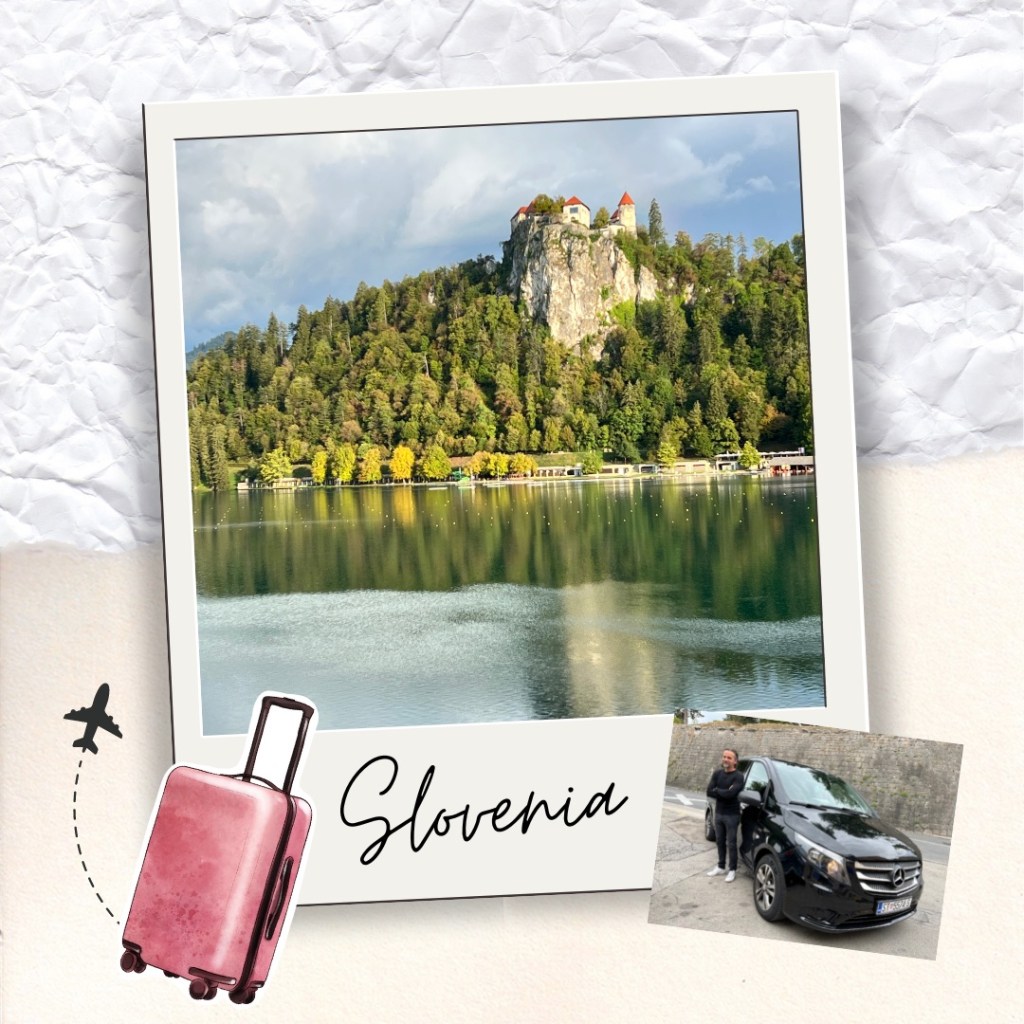
Our Experience Dalmatia Itinerary
- Zagreb, Croatia – two nights
- Lake Bled, Slovenia – two nights
- Rovinj in Croatia’s Istria Region – two nights
- Plitvice Lakes, Croatia – one night
- Split, Croatia – three nights (1-day in Hvar)
- Dubrovnik, Croatia – three nights with day trips to Montenegro, and Bosnia and Herzegovina
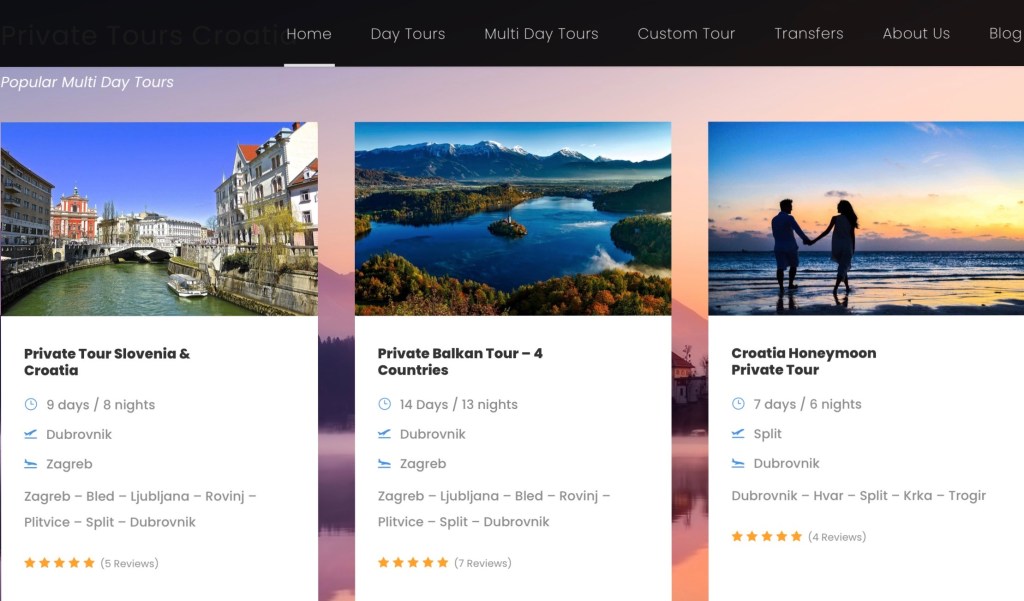
Zagreb and Surrounding Area
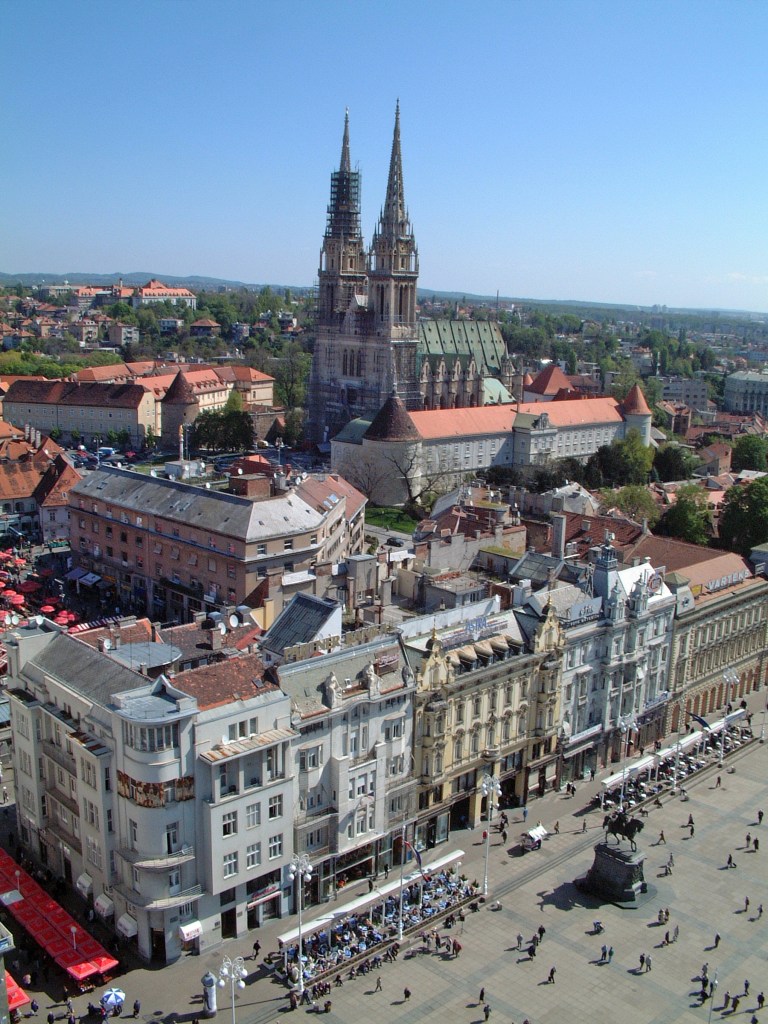
To begin our trip, we would fly into Zagreb, Croatia’s capital, with plenty of time to explore the old part of the city with a tour guide and sites outside the city.
I googled Trakošćan and Varaždin. No question we needed to go there. Trakošćan Castle looks like it spilled out of the pages of a child’s storybook.
The Baroque town of Varaždin, called “Little Vienna,” was not far away and a must-see.
Slovenia
After that, day trips would take us to Vintgar Gorge, Lake Bohinj, and a cable car ride up Mount Vogel with its birds-eye view at 5,400 ft of Lake Bohinj, the peaks of the Julian Alps. The next day we would drive an hour north to Postojna Cave and Predjama Castle, an 800-year-old cave castle in the Karst region of Slovenia. Or we could substitute the cave and castle for a visit to the Lipica Stud Farm to see the famous Lipizzanner horses, which we ultimately decided to do.
See The Dancing White Horses of Lipica.
See Lake Bled: An Alpine Fairy Tale
After seeing the Lipizzanners perform dramatic dressage routines, we would head back across the border into the peninsular Istria region of Croatia.
Istria Region of Croatia
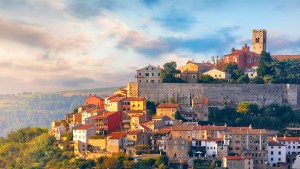
On the way to Rovinj, where we would stay the night, we would stop in Motovun, a medieval walled town atop a hill in central Istria.
We could hunt for truffles in the
forest far below the ramparts or take the lazy option and order them in one of Motovun’s restaurants. Rovinj turned out to be a lovely surprise too.
See Istria: Racing Through Motovun.
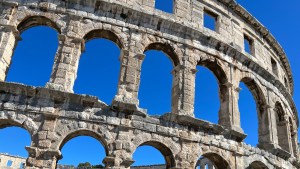
The next day we’d meet a tour guide in Pula who would educate us on its Roman architecture, impressive Roman arena/amphitheater, and other Roman sites and tourist attractions.
On the way out, we would stop off for wine tasting in Vodnjan. Then we would drive back to the charming fishing village of Rovinj to wander the Old Town’s narrow marble-cobblestone streets that wind through its brightly-painted buildings.
Plitvice and Zadar
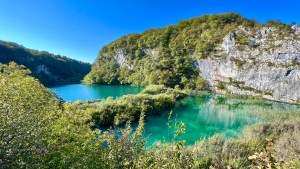
On day seven, we would head to Plitvice Lakes for one night and then on to Zadar and Split. We would have time to walk around the 16 lakes and waterfalls of Plitvice Lakes National Park and even book a horse ride outside the park before heading down the Dalmatian coast.
Split and Hvar
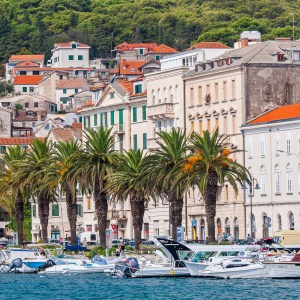
Split, in central Dalmatia, would be our base for the next three nights.
It is a coastal city full of Roman ruins, including Diocletian’s Palace. Hvar and Palinski islands could be reached easily by speed boat or ferry.
From Split, a private driver and tour guide would take us on day trips to Klis, Salona, and Trogir if we wanted.
Bosnia and Herzegovina
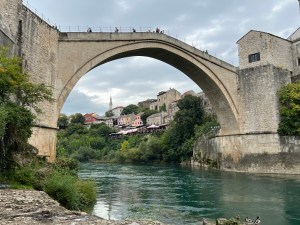
On the way to Dubrovnik on day 11, we would drive across the border of Bosnia and Herzegovina (part Muslim and part Roman Catholic and Eastern Orthodox) to visit Mostar’s Old Bazaar and the restored Stari Most (Mostar Bridge).
This bridge was built in the mid-1500s and destroyed during the Croat-Bosniak War between 1993 and 1995.
See A Bridge Between Worlds: Unveiling Bosnia’s Allure in One Day
A detour to: Ston, Croatia: Medieval Walls, Salt Pans and Oysters
Montenegro: Perast, Kotor and Budva
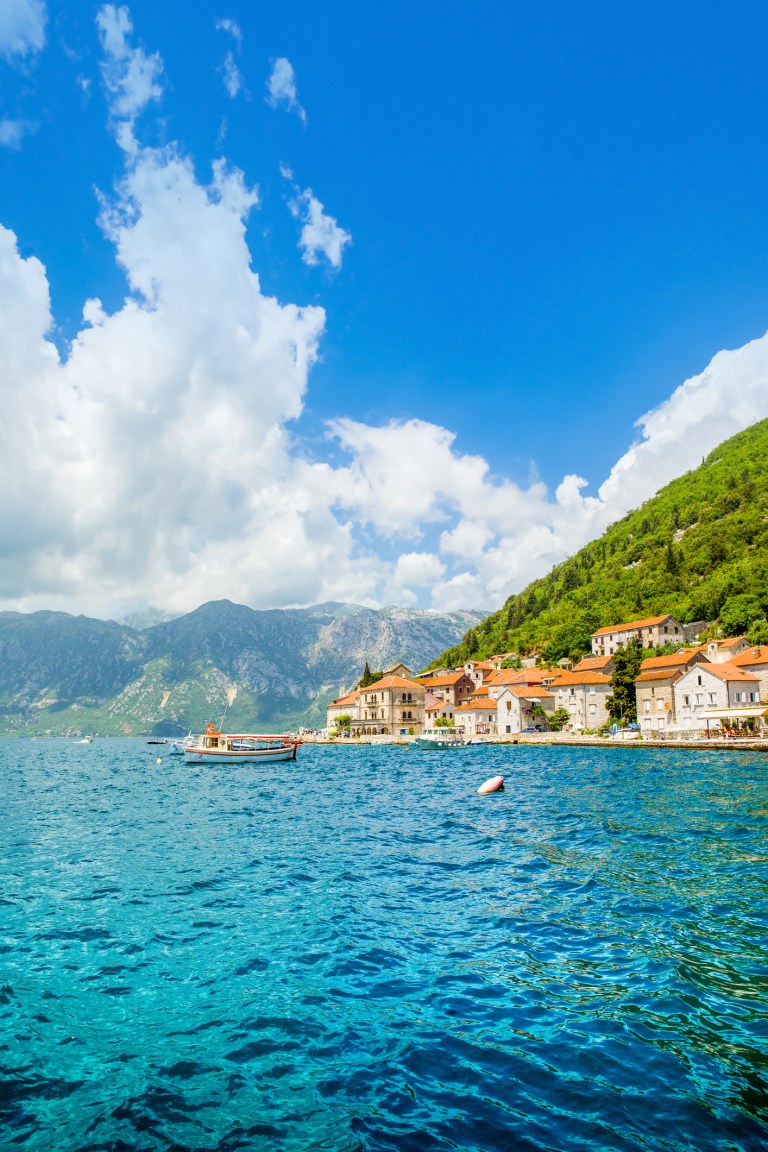
Another day trip from Dubrovnik would take us across the border into Montenegro to see the picturesque towns of Perast, Kotor, and Budva.
In Perast, we could take a short boat ride to Our Lady of the Rocks church, which was built in 1630 by the Venetians.
This Roman Catholic church was built on an island created from rocks the Venetians carried from shore and old ships they had sunk.
Dubrovnik
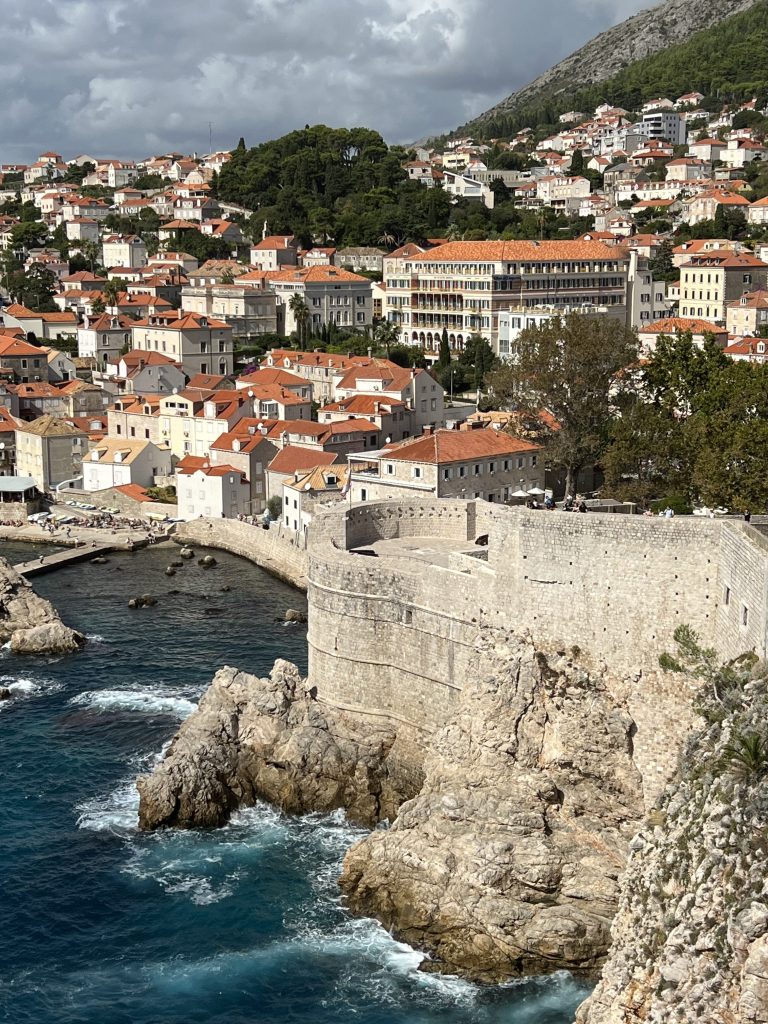
The last three nights would be spent in Dubrovnik, the Pearl of the Adriatic.
It would be our base to take day trips to see Bosnia and Herzegovina, and Montenegro.
On the last day, we would walk along the fortress walls surrounding the city and explore its treasures.
Activities: Horseback Riding to Truffle Hunting
ExperienceDalmatia’s itinerary included many activities, ranging from kayaking in Dubrovnik to horseback riding near Plitvice Lakes to wine tasting (Peljesac peninsula, Rovinj, Pula, Split), oyster tasting in Ston, olive oil tasting in Rovinj and Pula and truffle hunting or tasting in Motovun. We could even get crazy and do a Segway tour in Zagreb.
This all looked great, so I emailed to say we would like lodging recommendations and would love to do ALL of the activities. Mario Baric, who runs Experience Dalmatia, responded the same day, and we locked down our September road trip shortly after that.
For those who are road warriors and want to drive yourselves, you can google “driving Itineraries” for the countries you want to visit.
However, if you want to relax and let a friendly and knowledgeable local drive you in a Mercedes van, the tour we did is ideal.
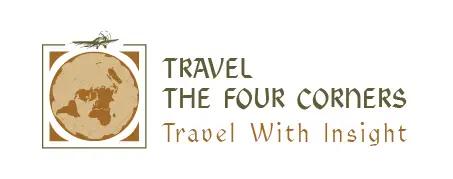

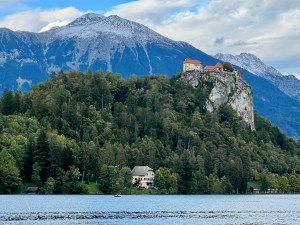
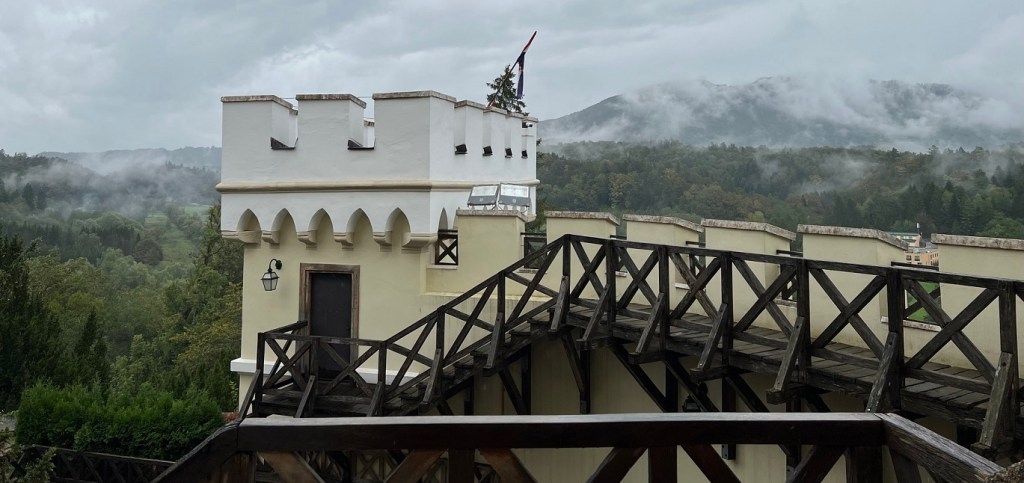










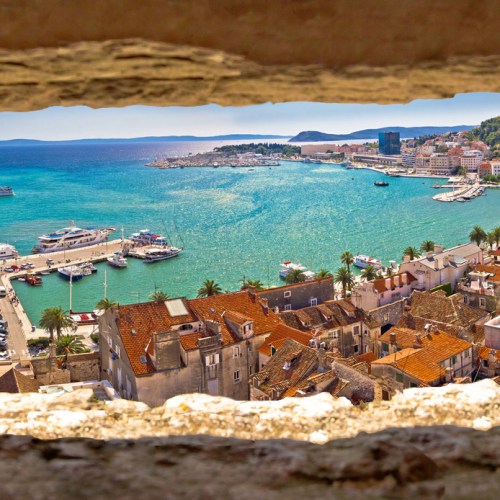
No comment yet, add your voice below!
Discover more from Travel The Four Corners
Subscribe now to keep reading and get access to the full archive.
Continue reading